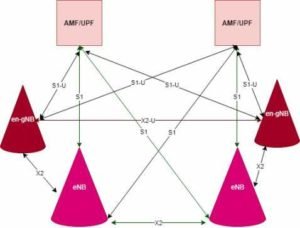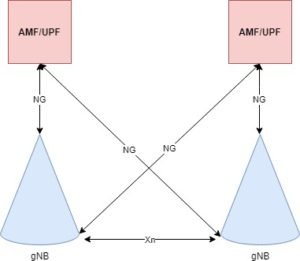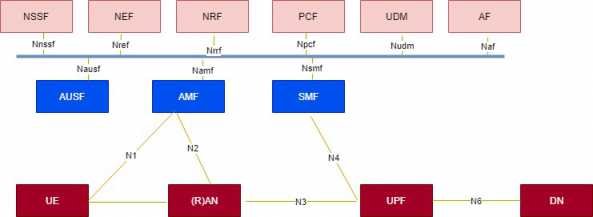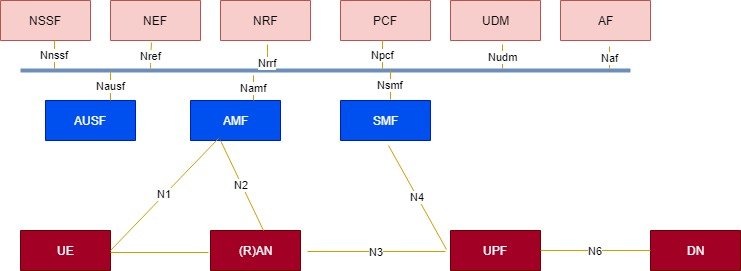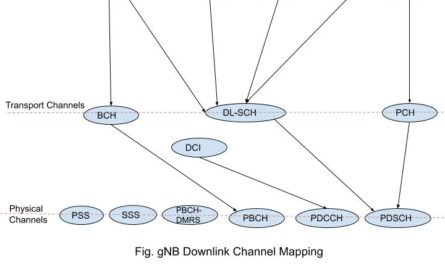Standalone Vs Non Standalone
Before discussing 5G Stand alone Vs non standalone. Lets know basics about 5G. 5G is the successor of 4G LTE and is the 5th generation of mobile communication. There will be three major key enhancements in 5G.
- Replacement of landlines.
- Advanced antenna technology.
- Much wider bandwidth.
2019 is the early stage of 5G deployment. Because 5G is big. Therefore it is going to take time. 5G NR has two different variant Standalone and non-standalone. We will discuss about both of the 5G NR version in detail. Lets first see what are main use cases of 5G. 5G has been designed to support these four main use cases.
- Enhanced mobile broadband (eMBB).
- Ultra-reliable low-latency Communications (URLLC).
- Massive Internet of Things (mIoT).
- Flexible network operations.
Enhanced mobile broadband means your download and upload speed is going to be increased which means user will have awesome experience with 5G. It means high data rates, higher traffic or connection density, high user mobility, and the requirements related to various deployment and coverage scenarios. Low latency communication will help industrial automation. Machine to machine communication is the most talking point for 5G. It includes things like sensors. Flexible network operations such as network slicing, network capability exposure, scalability, and diverse mobility, security, efficient content delivery, and migration and inter-working.
5g Non-standalone
5g non standalone is an early version of 5G standalone NR. In case of 5g non-standalone the core network is the LTE with primary LTE eNB and a secondary 5gNB. In simple terms NSA is EPC core, master LTE RAN and secondary 5G NR. So basically in existing LTE network 5G NR will be introduced. This 5gNB have direct interface with LTE eNB.
The NSA architecture is a temporary step towards “full 5G” deployment. Here the 5G Access Network connects to the “4G” Core Network. We may see some deployment like this in mid 2019.
5G standalone
5G standalone means, everything is from 5G. It will have 5G core and new radio. In the SA architecture, the NR base station (logical node “gNB”) connects each other via the Xn interface. The NG-RAN for SA architecture connects to the 5GC network using the NG interface. This will take time. We may see full deployment in the end of year 2020 in some part of the world.
For general 5G knowledge click here.

